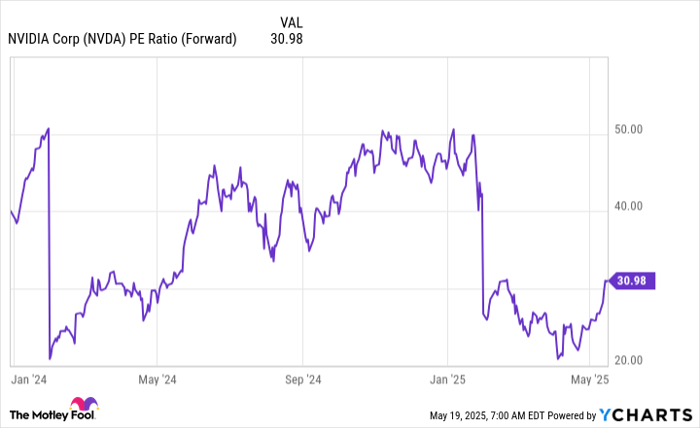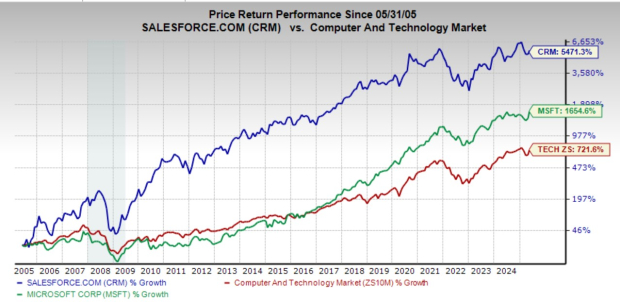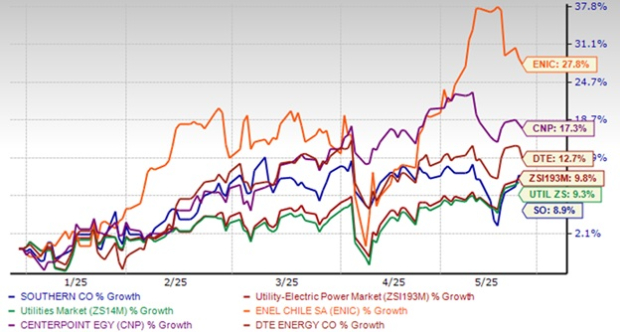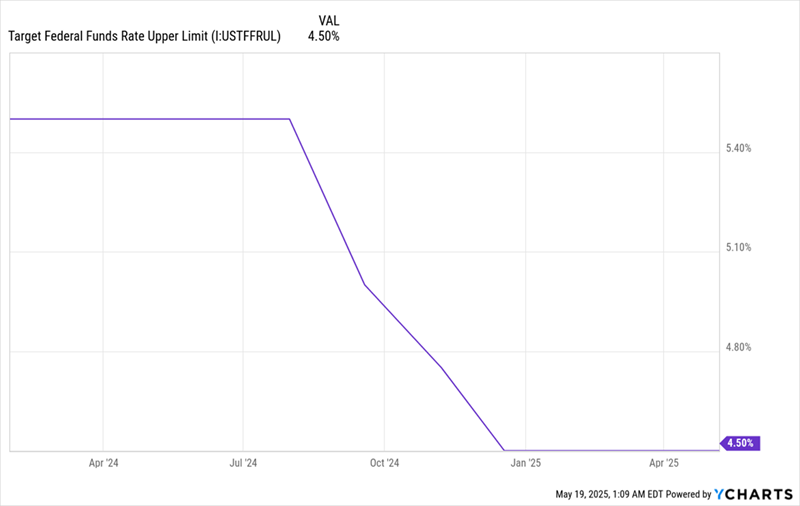Institutional Investors’ Insights: Major Moves by Billionaire Philippe Laffont
May has been a significant month for investors, marked by a whirlwind of corporate earnings, economic data, and the recent Federal Open Market Committee’s federal funds rate decision. One of the key events was the May 15 deadline for institutional investors managing over $100 million in assets to file their Form 13F with the Securities and Exchange Commission. This filing allows investors to monitor the stock and ETF trades made by leading Wall Street managers.
Warren Buffett and Billionaire Investor Philippe Laffont Lead the Pack
Prominent among these investors is Berkshire Hathaway‘s Warren Buffett, but he isn’t the sole billionaire influencing market trends. Philippe Laffont of Coatue Management, managing $22.7 billion in assets, has a well-established track record of generating outsized returns.

Image source: Getty Images.
Laffont is particularly known for focusing on high-growth stocks, especially within the tech sector.
Laffont’s Selling Trend for Nvidia
According to Coatue’s latest 13F filing, Laffont continued to shed shares of Nvidia (NASDAQ: NVDA), despite the company’s status as a leader in artificial intelligence (AI). His team has been gradually trimming this position for two years.
In the first quarter of 2025, Coatue sold 1,460,653 shares of Nvidia, reflecting a roughly 15% decrease from the previous quarter. Over the last eight quarters, Laffont has sold a total of 41,256,185 shares, which is about 83% of the fund’s initial investment in Nvidia.
Despite Nvidia’s impressive technological advancements, including the Hopper (H100) GPU and the Blackwell architecture that dominate the AI landscape, Laffont’s trading activity indicates caution. The company has established a near-monopoly in enterprise AI data centers, which has driven its gross margin to over 70%.
Challenges for Nvidia’s Future
However, Nvidia faces significant challenges. Competitive pressures from both external rivals and customers who are developing their own chips could erode its margins. As major customers create in-house AI solutions, Nvidia risks losing valuable market share in data centers.
This increasing competition has begun to impact Nvidia’s pricing power. Once a unique selling proposition, the scarcity of AI-GPUs is now threatened as more companies enter the market. As a result, Nvidia’s gross margin, which reached 78.4% last year, is expected to decline.
Additionally, concerns are rising about a potential AI bubble amid fears that past technological trends have often culminated in overvaluations. With over 90% of Nvidia’s net sales from data centers, any downturn in AI sentiments could have dire consequences for its stock performance.

Image source: Getty Images.
CoreWeave: The AI IPO that Caught Laffont’s Eye
During the last quarter, Laffont was active in the market, making a substantial investment in one AI company that debuted shortly before the quarter ended. CoreWeave (NASDAQ: CRWV), which focuses on AI-data center infrastructure and launched its IPO on March 28, caught Laffont’s attention. In just two business days, he acquired 14,402,999 shares, making it Coatue’s 16th-largest holding by market value.
This move underscores the growing demand for AI computing resources, with CoreWeave having purchased 250,000 Hopper chips from Nvidia. Their business model involves leasing AI infrastructure and services, creating revenue streams contingent on market demand and service utilization.
Furthermore, analysts expect CoreWeave to experience significant growth, projecting its sales to increase from $1.92 billion in 2024 to much higher figures in the future, although such estimates can fluctuate.
# CoreWeave Projects $19.66 Billion Revenue by 2028 Amid Challenges
CoreWeave has set ambitious revenue targets, estimating earnings of approximately $19.66 billion by 2028. The company has also secured a significant strategic deal with OpenAI, contributing an additional $11.2 billion to its revenue backlog.
These projections highlight a promising outlook on paper for CoreWeave; however, real-world conditions may differ considerably.
Acceleration of Losses and Debt Concerns
CoreWeave is facing increasing net losses that are escalating in tandem with its sales growth. As an early-stage enterprise, the company has turned to debt financing to support its GPU acquisitions. Last year alone, CoreWeave recorded nearly $361 million in net interest expenses. Based on recent quarterly reports, the company anticipates its annual net interest expenses to soar to approximately $1.06 billion by 2025. Investors should brace for substantial losses as revenue increases.
Nvidia’s Rapid Innovation Cycle
Moreover, CoreWeave faces a formidable challenge due to Nvidia’s fast-paced innovation cycle. Nvidia intends to release a new high-performance AI chip annually, which raises concerns about the potential obsolescence of CoreWeave’s data centers that primarily utilize Hopper GPUs. This rapid cycle may weaken CoreWeave’s pricing power significantly.
Market Risks and AI Spending Concerns
The prospect of an AI market bubble is another risk that could negatively impact CoreWeave. Until AI technology reaches a mature stage, there remains a risk that businesses may reduce their spending on AI infrastructure.
Conclusion
As CoreWeave navigates these challenges, investors should closely monitor the company’s financial health and market dynamics.
The views and opinions expressed herein are the views and opinions of the author and do not necessarily reflect those of Nasdaq, Inc.





